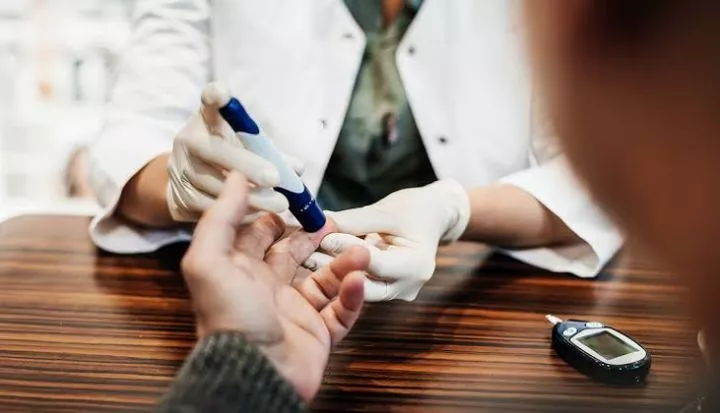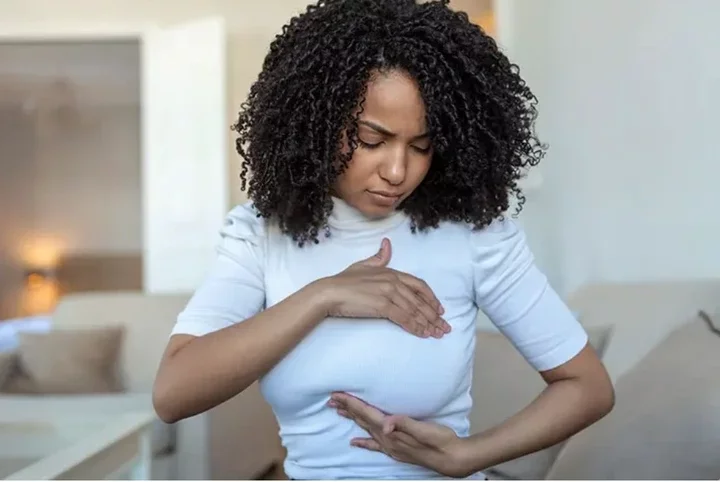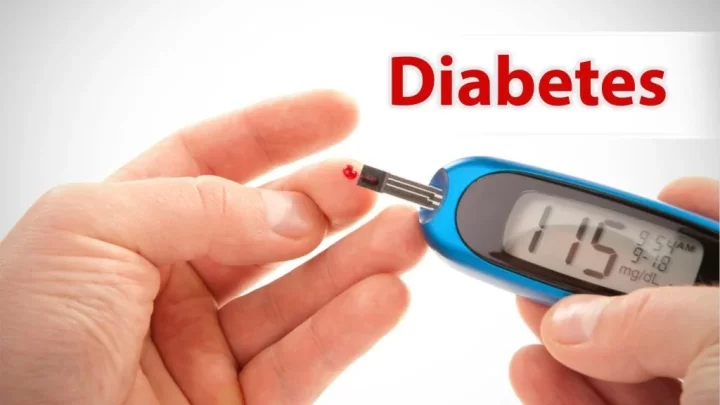
According to Healthline, diabetes is a debilitating disease that arises when the body is unable to maintain a normal level of blood sugar. This results in an abnormally high level of glucose in the blood.
One of the reasons is that either the beta cells in the pancreas have stopped making insulin or the cells themselves are not properly utilizing insulin to break down the sugar that they take in.
Although diabetes symptoms are the same for both sexes, there are some circumstances where female-specific symptoms apply. In this article, we'll take a look at some of the warning signs of diabetes in women, which are signs that shouldn't be ignored. After you have finished reading this article with a clear head, take some time to relax and take everything in.
What Kinds of Symptoms Does Diabetes Have in Women?
1. An overgrowth of the candida fungus is at the root of both vaginal and oral thrush. Candida can be found in warm, moist environments. Recent research has shown that women with diabetes have a significantly increased risk of developing oral and vaginal yeast infections.
As a direct consequence of this, the bacteria thrives in surroundings that include high quantities of glucose.
2. If you have a history of urinary tract infections, you should get your blood sugar checked because you might have high blood sugar. Due of this, it's necessary to periodically check your blood sugar levels. When there is a high quantity of glucose in the blood, urinary tract infections might thrive.
3. In addition to frequent urination, excessive thirst is another sign of diabetes in women who have the condition. This indicator seems to be practically the same for both sexes, despite the fact that it is plainly tailored to a certain gender. When there is a high level of sugar in the blood, the kidneys may be forced to work harder to get rid of the glucose that is present in the blood. This may cause the kidneys to produce more urine.
4. The darkening of the skin in a number of different places is referred to as acanthosis nigricans. A vulnerable region of the body is any part of the body that has a crease or fold in the skin, such as the armpit or the lower thigh.
Individuals who suffer from acanthosis nigricans typically have blood sugar levels that are higher than normal, which leads to the darkening of particular regions of the body.
















Comments